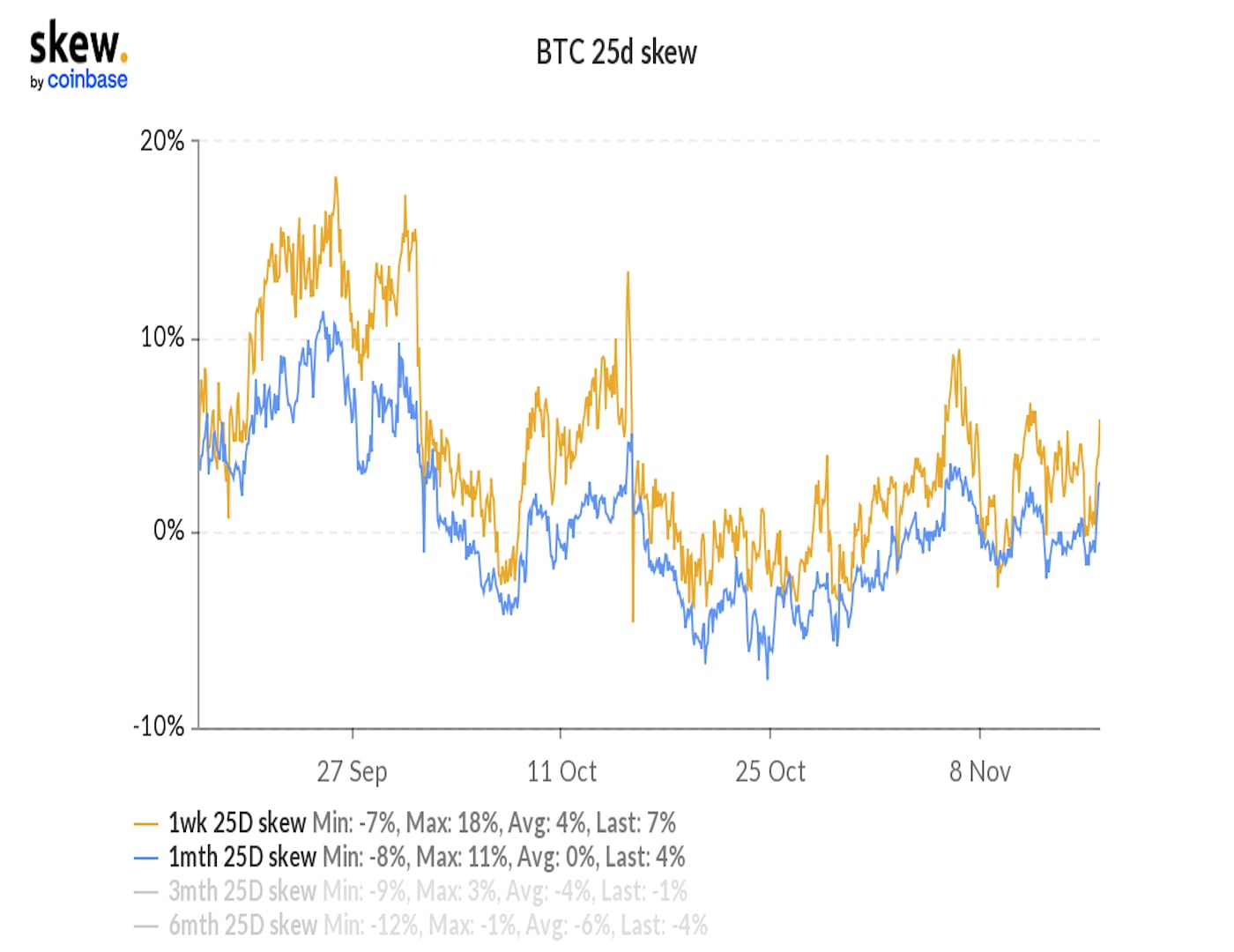Bitcoin, ether, and other major coins face selling pressure as anti-crypto comments from Twitter’s chief financial officer soured the market mood. The continued strength in the dollar index likely added to bearish forces.
Bitcoin was trading 4.3% lower on the day near $60,800, while ether was nursing a 5.3% loss at $4,320 at press time, according to CoinDesk data. Litecoin, binance coin, Polkadot’s DOT token, and prominent decentralized finance coins flashed bigger losses.
The selling began during early Asia hours after Wall Street Journal quoted social media giant Twitter’s CFO Ned Segal saying that investing cash holdings into crypto assets like bitcoin “doesn’t make sense” right now.
Segal cited price volatility and the lack of accounting rules for these assets as critical factors stopping the company from diversifying into cryptocurrencies. While there was never any expectation of Twitter announcing crypto investments, Segal’s comments likely provided a reason for traders to take some risk off the table in the wake of the rising dollar.
The dollar index, which tracks the greenback’s value against major fiat currencies, reached a fresh 16-month high of 95.50 early today on lingering fears that Federal Reserve may resort to early interest rate hikes to contain inflation. Interest rate hikes are generally bullish for domestic currencies and weigh over perceived inflation hedges like bitcoin and gold.
Like gold, bitcoin is also priced in U.S. dollars. So, a rising dollar is considered bearish for the cryptocurrency.
Few companies like Square, Tesla, and MicroStrategy have acquired bitcoin as a reserve asset, widespread corporate adoption remains elusive to date. On Monday, analysts told CoinDesk that bitcoin’s relatively high price volatility is delaying its transition to haven asset from a risk-on or speculative investment.
China’s National Development and Reform Commission said on Tuesday that it would consider “punitive electricity prices” for some crypto mines in the next stage of its crypto mining crackdown. China stepped up its crackdown on mining in May and declared bitcoin, ether, and tether as illegal in the third quarter.
Analysts said bitcoin could suffer a deeper drawdown in the short term.
“We have noticed some larger sales occur on Bitfinex as well as openings of new short positions,” said Matthew Dibb, COO and co-founder of Stack Funds. While liquidations [forced closure of long positions] so far are quite low by historical standard and funding rates are approaching flat, we could see a further cool-off in BTC for the short term as momentum is beginning to stall.”
Martin Cheung, an options trader from Pulsar Trading Capital, said the downward move represents a healthy correction and could extended further to $60,000 or possibly to $55,000.
“We have been seeing bearish flows in the options market from late last week,” Cheung told CoinDesk in a Telegram chat. “Put-call skews have flipped bearish.”
Put-call skews measure the cost of put options or bearish bets relative to calls or bullish bets. Positive values indicate increased demand for puts or downside protection.

The one-month put-call skew has risen to a four-week high of 5% from -2% on Monday, according to data provided by the crypto derivatives research firm Skew. While, the one-week gauge has increased from 1% to 6%.
A deeper drawdown may be seen later on Tuesday if the U.S. retail sales number beat estimates and Fed officials start to sound the alarm over inflation, bolstering rate hike fears and adding to the dollar strength.
According to FXStreet, retail sales scheduled for release at 13:30 GMT are likely to show consumer spending in the world’s largest economy rose 0.7% month-on-month in October.
Atlanta Fed President Raphael Bostic, Richmond Fed President Thomas Barkin, Philadelphia Fed President Patrick Harker, and San Francisco President Mary Daly are scheduled to speak during U.S. hours.
China’s President Xi and U.S. President Biden met on Monday evening at a virtual summit. As markets still await readouts from the meeting, the initial reports appear to be positive.
Also on Tuesday, Reserve Bank of Australia’s governor Philip Lowe reiterated that the latest data and forecasts do not warrant an increase in the interest rate in 2022.